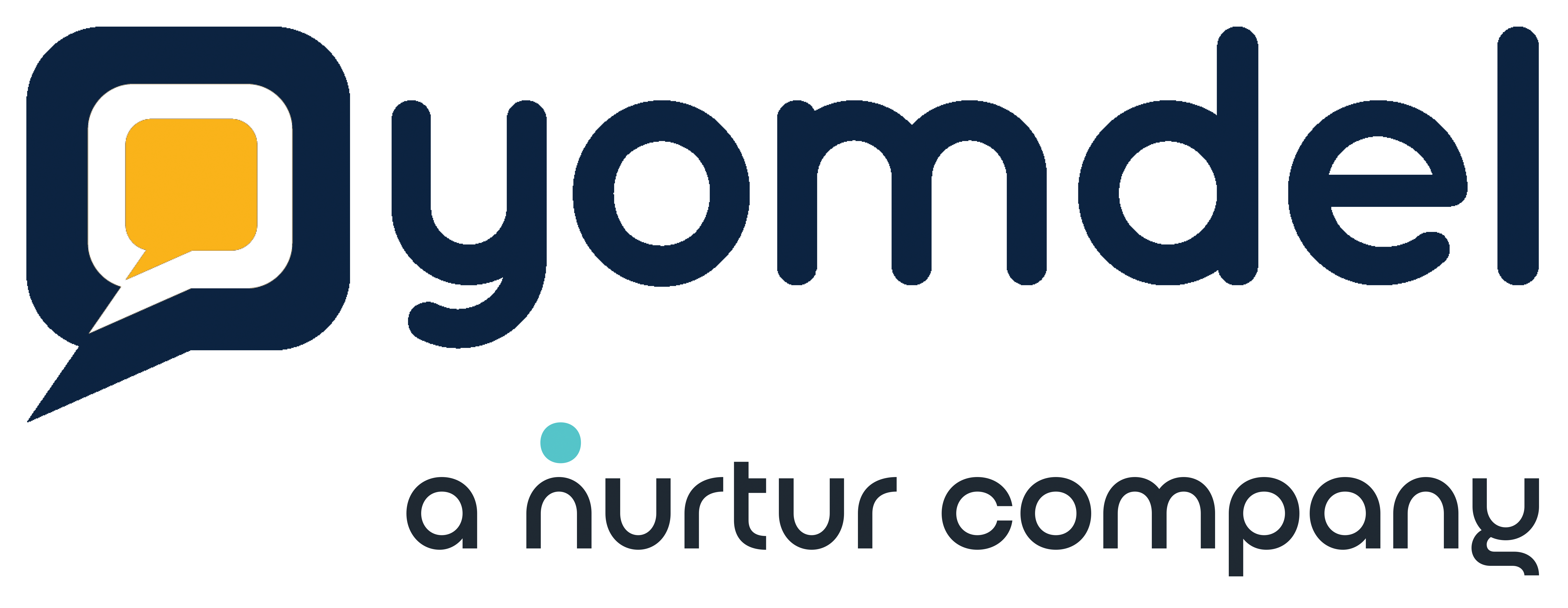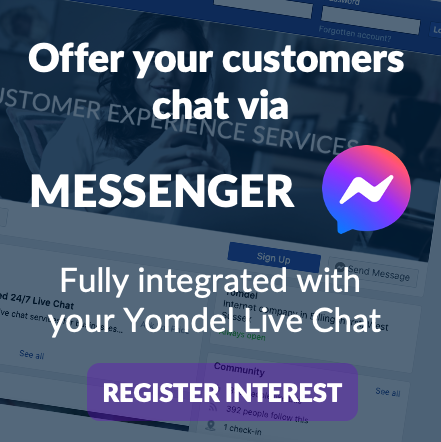5 Things to Consider When Buying Primary Market Research
Market research is a very broad church, with as many definitions as there are cat hairs on my kitchen floor just now. However, a good general description for me is - market research helps answer questions about your business and/or its customers so you can make more informed decisions and reduce risk.
The vastness of the market research universe and its many variables can be off-putting to the average layperson. I don’t intend to cover it off in one blog post (that would be truly crazy) but here at least are a few pointers for the things you should be considering when thinking about commissioning a piece of primary market research, whether that’s through your in-house insight team or via an external agency.
1. What question(s) are you trying to answer?This may seem obvious, but you would be amazed how rarely people come to a kick-off meeting or initial call without having thought much about this. Sometimes they just have an idea that they ought to be doing market research, sometimes they have so many unknowns in their business that they can’t see the wood for the trees.
Either way, the clearer and more specific you can be about the questions you are trying to answer, the more likely it is that you will design realistic research objectives and obtain practical, valid insights of genuine use for your business.
Don’t worry if you need help formulating your business objectives and hence the research objectives, that’s part of an agency’s expertise, but do come to the discussion prepared to open up and talk.
2. Who do you need to talk to?Depending what sort of research you’re doing, this could be anyone from your employees to your customers to your competitors even. You may not know the right audience. Part of the research objectives (questions you want answering) might be identifying target consumer or business groups. It is important to think about this carefully at the start of the process though as it affects everything including approach, cost, timescales, size of sample.
For example, for employee research, you might want to consider talking to ALL your employees if it’s a small company. For a larger organisation, a cross-section of different levels of seniority and job function might be sufficient. For a clothes retailer you might want to talk to a mix of in-store and online only customers.
Making sure the sample is representative of the target universe is essential to deliver robust data if you intend to use it for market sizing or sales modelling. If you are doing exploratory research where you are still formulating ideas for new products or gathering background information on a new topic then a smaller sample, talked to in greater depth, might be more appropriate.
3. How will the business use the findings?This is as important as defining what questions you need to answer. Even if you do use an external agency, you must also resource the project sufficiently in-house. If possible, appoint a research champion (even if this is just a temporary extra hat for a marketing manager) so a single contact point can coordinate the whole process and make sure you maximise the value from the reporting outputs.
Quite rightly, in many organisations, there are likely to be several stakeholders from different departments invested in a research project. It is worth taking some time during the initial research briefing phase to think about what sort of data and information will suit each of these audiences. This can then be reflected in the make-up of the research design and most importantly in the reporting and data outputs.
The product developer needs concrete, precise feedback on features and design; a sales director may want to know price tolerance thresholds; a marketing manager the key hooks for describing a new product or service to customers, and so on.
Sometimes, thinking about this carefully leads to a research project being split into several phases or even separate pieces of work. A common error is to try and find out EVERYTHING on one survey. Not only will this bore the pants off your respondents, it will inevitably muddy the water when it comes to clear insights in the reporting.
4. When do you need the results?You are probably thinking this is one of those annoying questions the agency always asks. The answer of course being “Yesterday!” in almost all instances. And yes, of course we need to know your timescales to plan our own resource and schedules. However, please do ask yourselves this question internally.
Make sure you think about the questions you have early enough in the process whether that’s a planned new flavour of yogurt in your product range or a new feature for a mobile phone. Too many times have I delivered research reports and debriefs, only to be told that a product launch has already gone ahead based on someone’s hunch. At best, you have wasted everyone’s time and money in conducting the research; at worst, you make the wrong decision and cost your business thousands of pounds and potentially brand reputation as well.
Timing also affects the type of research it is feasible to conduct. If you need a quick read on what customers think of your new billboards (due at the printer’s next week), an online A/B survey or similar is probably sufficient; you won’t have time to conduct focus groups that explore the subtle artistic nuances of colour and font before your print deadline.
5. What’s your budget?I know, I know, another annoying question agencies tend to ask, but with good reason. Even if you don’t tell the agency what your real budget is, think about it inside your head and with your teams.
It genuinely affects the type of research you can do both in terms of scope and timeframe. Generally, the larger the sample the more expensive for quantitative research (where you ask a lot of people some very structured questions). Length of survey or interview/focus group and type of audience are also key factors. For example, talking to business peers or any B2B target is generally more expensive than finding your average consumer amongst the general population.
Even having an opinion on whether it’s a big wide-ranging project or a small discrete project is helpful. Share that information at the initial discussion so more viable options are presented back to you. Again, don’t panic if you really don’t know how much you should be spending, a good agency will offer different level solutions to suit and provide advice free of charge.
For any research project, big or small, please contact the Insights Team at Yomdel for a friendly chat and free advice. We are excellent listeners.
For more information please contact me, gina.mayhead@yomdel.com






